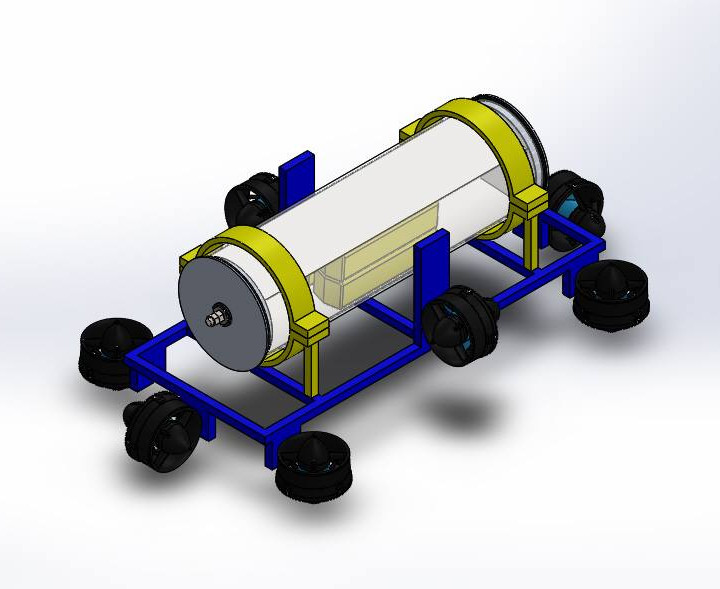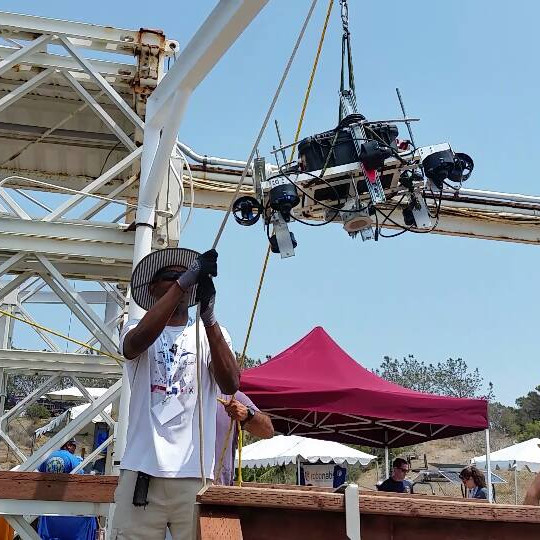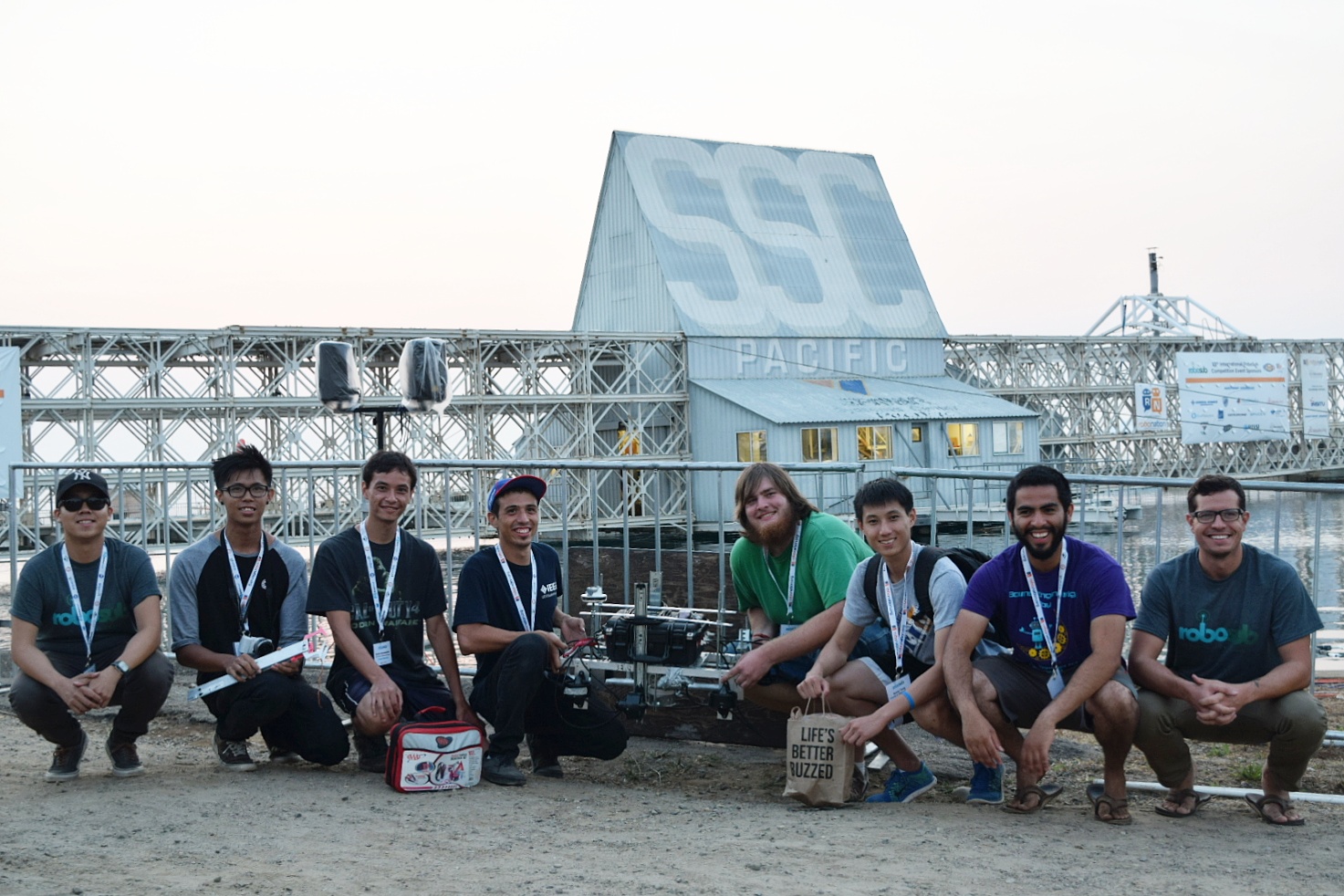A Seagoat is Borne
From the depths of the minds of a dozen engineers studying at the University of California Riverside, a hideous metal monster was conceived, its grotesque features a product of the limits of its funding, its rough edges a testament to the purpose of functional engineering. Its name, this beast of a machine pulled together on a shoestring budget, is Seagoat; its purpose: to bring glory and fame to the university that birthed it, and shame and humility to the AUV’s who dared opposed it.
Trial and Error
The team’s first attempt at developing a waterproof submersible proved more difficult than any team member could anticipate. The design called for a double open-ended acrylic tube with 3D printed endplates to safely house the hydrophobic electrical equipment. This is the same design employed by many other teams competing in the RoboSub competition, but for Team Seagoat issues arose from the imperfections in the edges of the acrylic tube. These imperfections would not sit flush with the gasket on the plastic endplates and would not waterproof. This design was abandoned for a simpler, more cost-effective alternative.

The final design for The Seagoat utilized a Pelican water-resistant briefcase, and the team applied lubricant to the case’s rubber o-ring and thereby made the case entirely waterproof and capable of withstanding the grueling depths required by the competition.
Accomplishments
Where other submarines designed with significantly higher costs and complex systems failed, the Seagoat succeeded. The submarine successfully completed the first two tasks of the competition and entered semi-finals. The ocean’s the limit for the submarine that will compete in 2017 RoboSub tournament.

Laying the Foundation
Prior to Seagoat no team from the University of California Riverside competed in RoboSub, an annual international competition held since 1998. Not only did the 2016 team have to build an autonomous submarine from scratch, they had to build the organization that would allow future students at UCR to compete as well. This was no easy task, especially considering the entire endeavor took place during a typical school year with classes and finals and projects that required attention, and because of monetary and time constraints only the most important features were implemented in the Seagoat, the first autonomous submarine developed at the University of California Riverside.
The mechanical design of the sub’s torpedo launch system, covered in this article, and the mechanical design of the control arm, were both completed by the mechanical team, but due to ongoing issues with waterproofing the submarine the entire team including the software engineers had to focus their efforts on the singular task of making the Seagoat submarine actually submersible. As such, in this year, this first attempt at competing in RoboSub, the Seagoat was capable of submerging and dead reckoning towards an aimed gate.

Click here to read the journal of Seagoat, the first autonomous underwater vehicle developed at the University of California Riverside.
